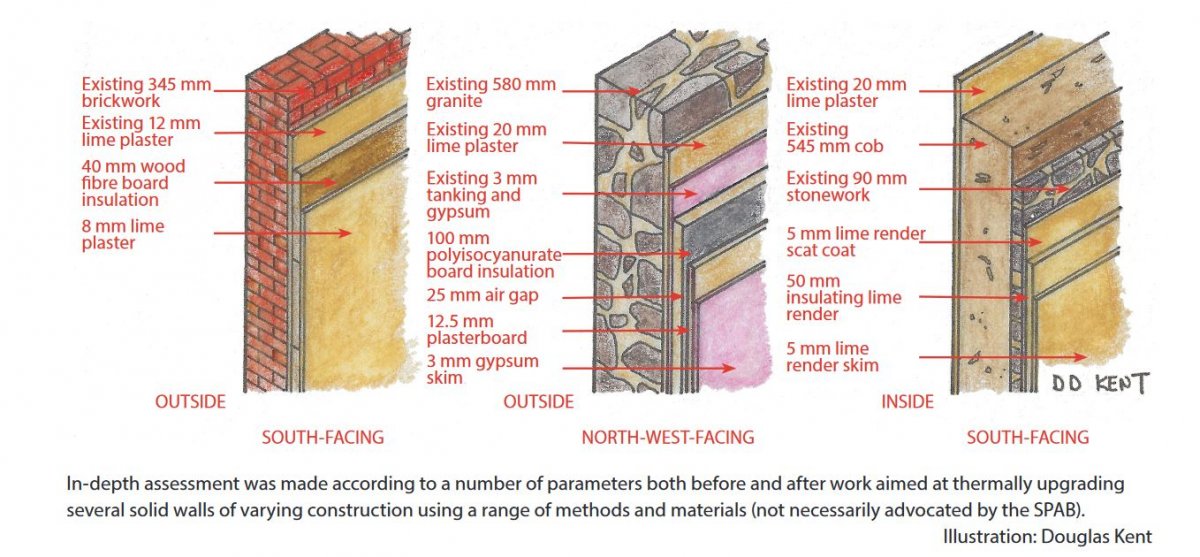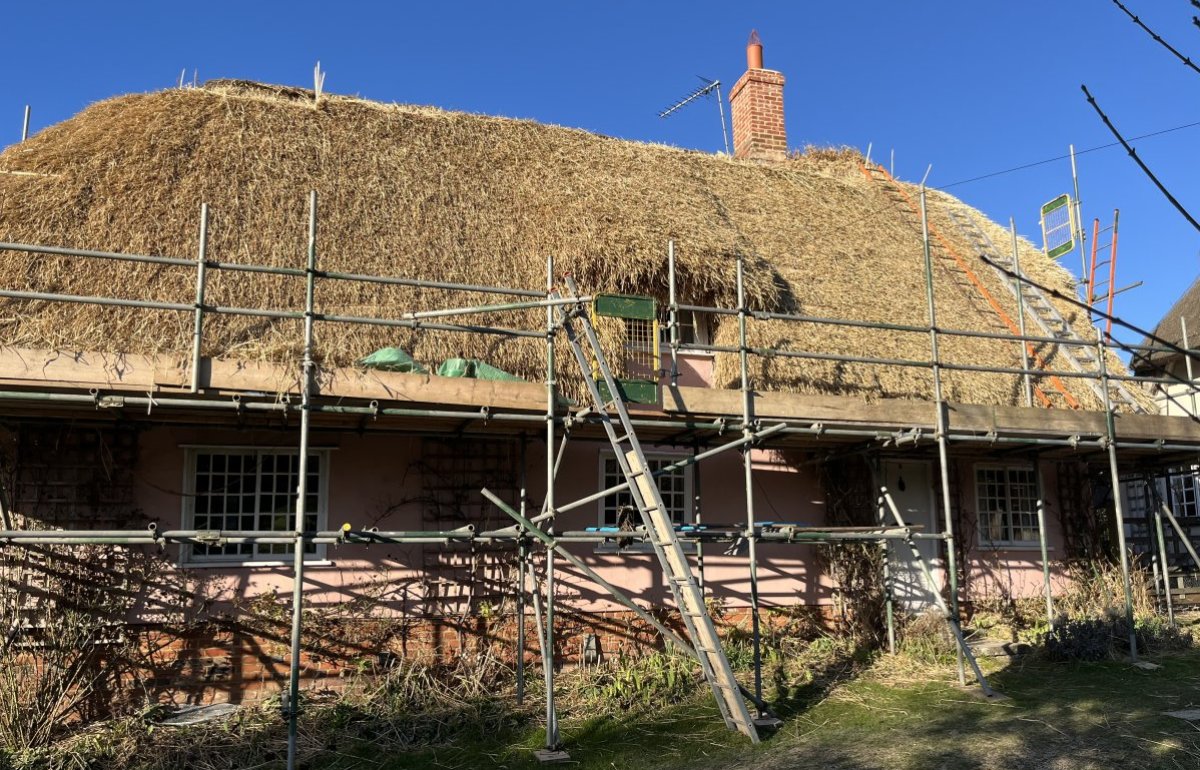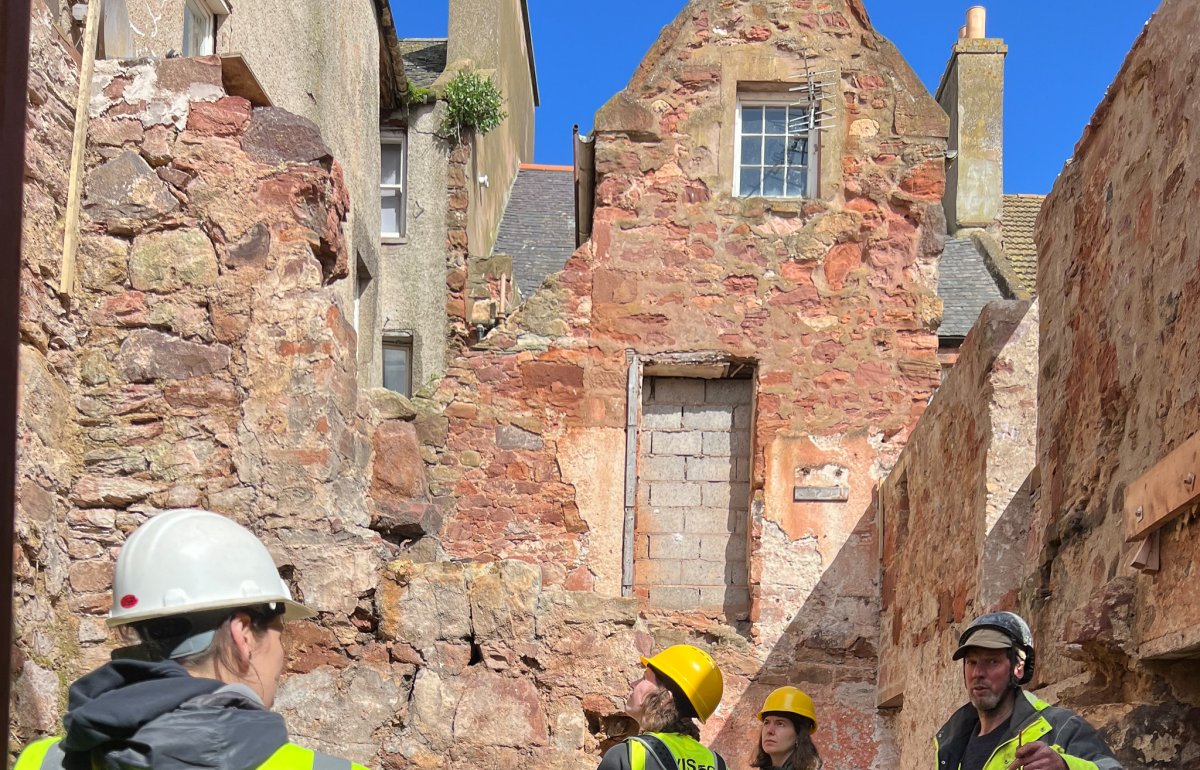
Our energy efficiency research explained
Share on:
In the coverage of COP26 and the climate crisis, we’ve been hearing a lot about the part that buildings will play in reducing our use of fossil fuels. While sustainability is about much more than carbon impact reduction and matters that can be reduced to numbers, we'd like to introduce our findings which add to the conservation.
According to the UK Green Buildings Council it’s estimated that heating buildings results in 10% of the UK’s carbon footprint.
Increasing thermal insulation in old buildings is not always an appropriate or effective way to improve their energy efficiency but there may be justification where measurable energy savings can be made without introducing significant risks to both the building and the health of its occupants.
So how do we measure how effective elements of a building are as insulators? The measurements often cited are U-values.
What is a U-value?
A U-value is a measure of heat loss through a building element, such as a wall, roof or window. The higher the U value, the greater the loss of heat and worse the thermal performance of the building. A low U-value usually indicates high levels of insulation. U-values are expressed as watts per metre squared kelvin (W/m2K).
Why are U-values important?
U-values are only one factor that affects the overall energy profile of a building. Their calculation, though, forms the basis for energy reduction standards and associated legislation. These can apply to existing and new buildings.
The construction industry often uses software to calculate the theoretical U-values of buildings but this is designed for new construction. We are concerned that applying standard approaches to historic buildings will not only damage the buildings and the occupants’ health but save less carbon than anticipated. Therefore, we carried out research to better understand the performance solid-walled (i.e. traditionally constructed) buildings, which represent approximately one-fifth of the UK’s housing stock.
What did the SPAB’s research on heat loss in buildings involve?
- Measuring heat loss (U-values) through traditionally constructed walls of varying materials at 77 locations. The figures were compared against theoretical equivalents, calculated using industry-standard software.
- Investigating heat loss through walls, airtightness, comfort and risk of mould before and after retrofitting
- Evaluation of advanced modelling software for predicting the risk of condensation, using an internally insulated solid wall.
What did our research show?
Our results suggest that standard U-value calculations used across the construction industry underestimate the thermal performance of traditional solid walls. In some instances, heat loss through vernacular materials can be up to three times lower than industry calculations would predict.
Inaccurately high U-values could suggest potentially harmful priorities for energy-saving measures in traditional buildings. The results showed that over-insulation of a solid wall using thick, impermeable material can cause condensation and the accumulation of moisture, which may lead to significant problems.
As we long suspected, the results show that heat loss through a solid wall can be reduced significantly without creating dampness using more modest amounts of vapour-open insulation (e.g. a brick wall insulated internally with wood fibre).
These findings demonstrate, therefore, how retrofits can be carried out effectively while minimising the risk posed to traditional buildings and the people who live in them. This is important given the large number of traditional buildings yet to be insulated, coupled with the more intense rainfall predicted with climate change.
What’s next?
The results are informing our advice and guidance and have prompted other research, but of course further work and discussion is needed.
Join us for interactive sessions on sustainability, retrofitting, our Old House Project and more on 8 November 6-8pm and 11 November 3-5pm. These free online talks are part of the IHBC@COP26 Conservation Helpdesk+ Find out more.
You can also call our free advice line on weekday mornings with your questions on 020 74567 0916. The service is generously supported by Historic England.
Find out more about our research. Read our principles and simple measures on energy efficiency.
Sign up for our email newsletter
Get involved



